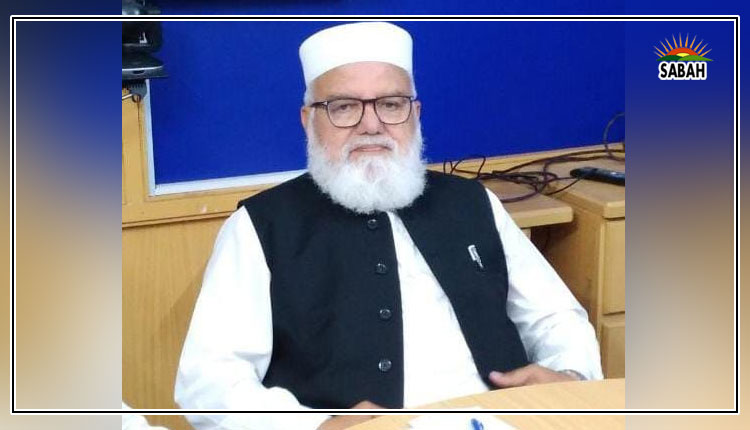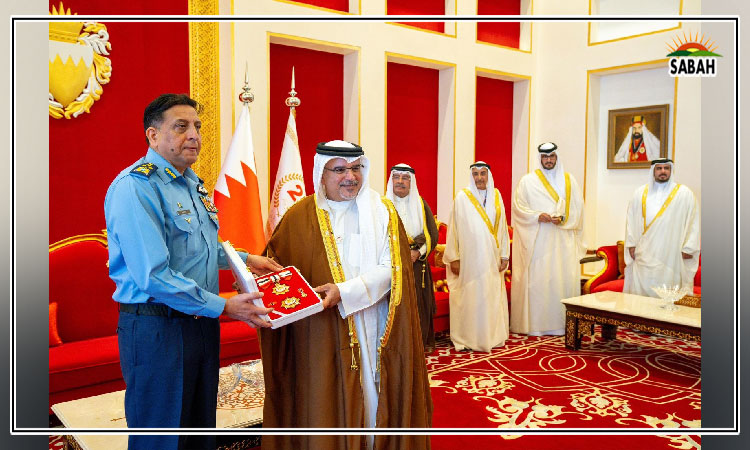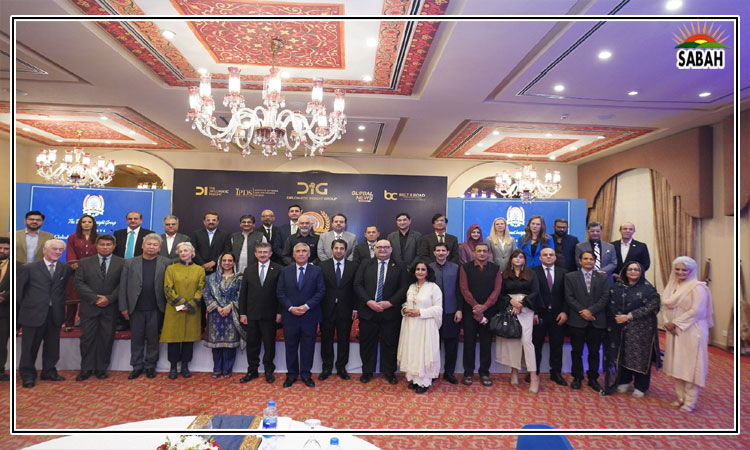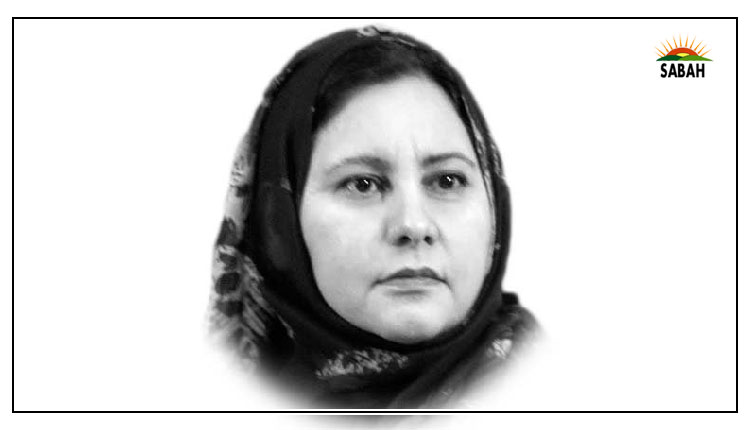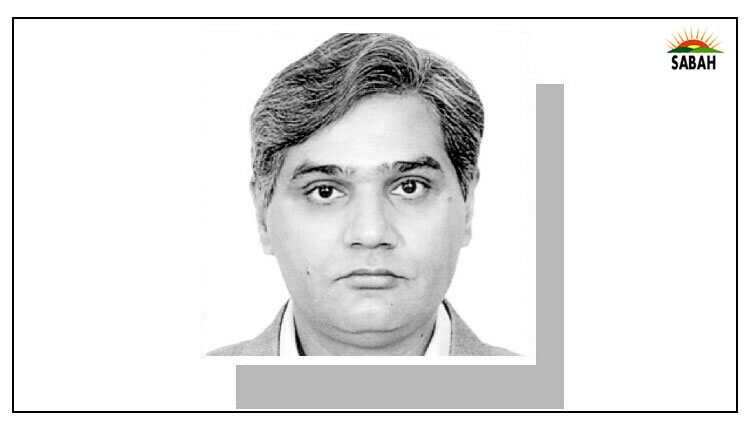Why does the threat persist?…Muhammad Amir Rana
AS the year draws to a close, Pakistan is grappling with a concerning rise in violent incidents. This year has witnessed a troubling surge in such activity, particularly compared to a decade ago in 2013. The situation necessitates a critical review of existing counterterrorism strategies and re-evaluation of evolving tactics and approaches employed by terrorist groups. The recent attack on a military post in Daraban near Dera Ismail Khan by the Tehreek-i-Jihad Pakistan (TJP) highlights the importance of understanding why certain regions remain vulnerable to repeated attacks.
Since its inception, the TJP has claimed responsibility for seven of the deadliest attacks within Pakistan, primarily targeting the countrys security forces. All 66 casualties have been military and paramilitary personnel, suggesting a connection with the TTP. This reinforces the groups message to the world that their fight is against Pakistan, not a global jihad. This approach mirrors the strategy of the Afghan Taliban during their conflict with Nato forces.
While changes in tactics do not necessarily indicate ideological compromise, terrorist groups often collaborate with like-minded outfits. For example, while TJP claimed responsibility for the Mianwali airbase attack last month, counterterrorism agencies suspect Al Qaeda involvement. During the Afghan insurgency, Al Qaeda, TTP, and other regional groups supported the Taliban and carried out attacks across the country. However, both the Taliban and TJP deny such collaborations. This pattern of manipulation suggests a deliberate strategy of avoiding public acknowledgment of alliances.
The TJP emerged earlier this year under Abdullah Yaghistani, but there are still questions regarding its existence. Some believe it is a cover name used by a disgruntled TTP commander from Dera Ismail Khan. Recently, another group, Ansarul Jihad, claimed responsibility for an attack on security forces, further fuelling speculation about TTPs use of alternative names to divert pressure from the Afghan Taliban. Regardless of their independent existence, groups like TJP and Ansarul Jihad likely operate within the TTPs orbit and benefit from its collaboration and support from the Taliban.
Since the Talibans return to power in Afghanistan, Dera Ismail Khan and its surrounding areas in Pakistan have witnessed a significant increase in terrorist activity. Notably, the city of Dera Ismail Khan itself has recorded 63 attacks since Aug 15, 2021, resulting in 125 deaths, primarily among security forces. This represents a sharp contrast to the year before when only four low-intensity attacks with four fatalities were reported in the district.
This trend is not isolated, as neighbouring districts in both KP and Balochistan, including Zhob, Sherani, Bannu, Tank, and North Waziristan, have also experienced a surge in violence, with over 70 attacks reported to date. Understanding the reasons behind this drastic shift is crucial to addressing the regions security challenges. The region is also facing attacks on phone towers, disturbing the areas communication and causing anger against state institutions.
The southern districts of KP are located near the Afghanistan frontier and some touch the boundaries of south Punjab as well as north Balochistan. Dera Ismail Khan, Dera Ghazi Khan, Zhob, Loralai and Rakhni are all affected. The northern part of Sindh is close to this region as well. These are places that are economically marginalised and where extremism has its roots. This region is situated right in the middle of the country, and when turmoil increases in the area, it causes huge disruption in the transportation system.
If creating unrest in the region is the real motive of the TTP, the security forces would need to review their counter-strategy in the area. The fact that the TTP would have been focusing on the area, considering it the soft belly of the country, cannot be ignored. However, this region has remained marginalised for a long time, and religious institutions have played an essential role in shaping political and ideological views there. These areas have an extensive network of madressahs and related religious institutions. There is a high probability that the TTP would have been receiving local support from highly radicalised segments of society. Such a condition is conducive to new recruitment. The names of the terrorists exposed by the TJP after the attack on a military base also confirm that the locals have a presence in the fold of terrorist groups in the region. However, they have logistical and operational support of the Taliban on the other side of the border.
The use of social media by terrorist groups such as the TTP cannot be underestimated. Peripheral attacks can allow them to amplify their message and manipulate narratives through their social media channels. While state institutions often focus on mainstream media for counter-narratives, the effectiveness of social media in shaping perceptions necessitates the re-evaluation of communication strategies.
Experts acknowledge the potential of the influence of Wali Mehsud, the current TTP leader. His religious background, past education in madressahs, and perceived charisma and strategic focus on unification might contribute to his effectiveness in mobilising supporters and attracting recruits.
The role of a charismatic leadership in bolstering the morale and cohesion of militant groups is undeniable. Examples like the decline of Al Qaeda and the militant Islamic State group following the deaths of Osama bin Laden and Abu Bakr al-Baghdadi highlight the potential impact of such leadership. Similarly, the Taliban in Afghanistan remained united under Mullah Omar until his death triggered internal turmoil. Mullah Hibatullahs success stemmed from his meticulous following of the code developed by Mullah Omar. This dependence on strong leadership underscores the importance of effective counter-insurgency strategies that prioritise disrupting and dismantling leadership structures within militant groups.
One of the major weaknesses in Pakistans counterterrorism strategy is that its operations rarely focus on eliminating the leadership of terrorist organisations. Instead, they primarily focus on disrupting terrorist networks and reclaiming territories. Notably, all TTP leaders who have been killed have met their end in US drone strikes rather than Pakistani military operations or covert actions.
Eliminating a leader can provide an edge to the countering forces as their operational and political options widen.
Courtesy Dawn


